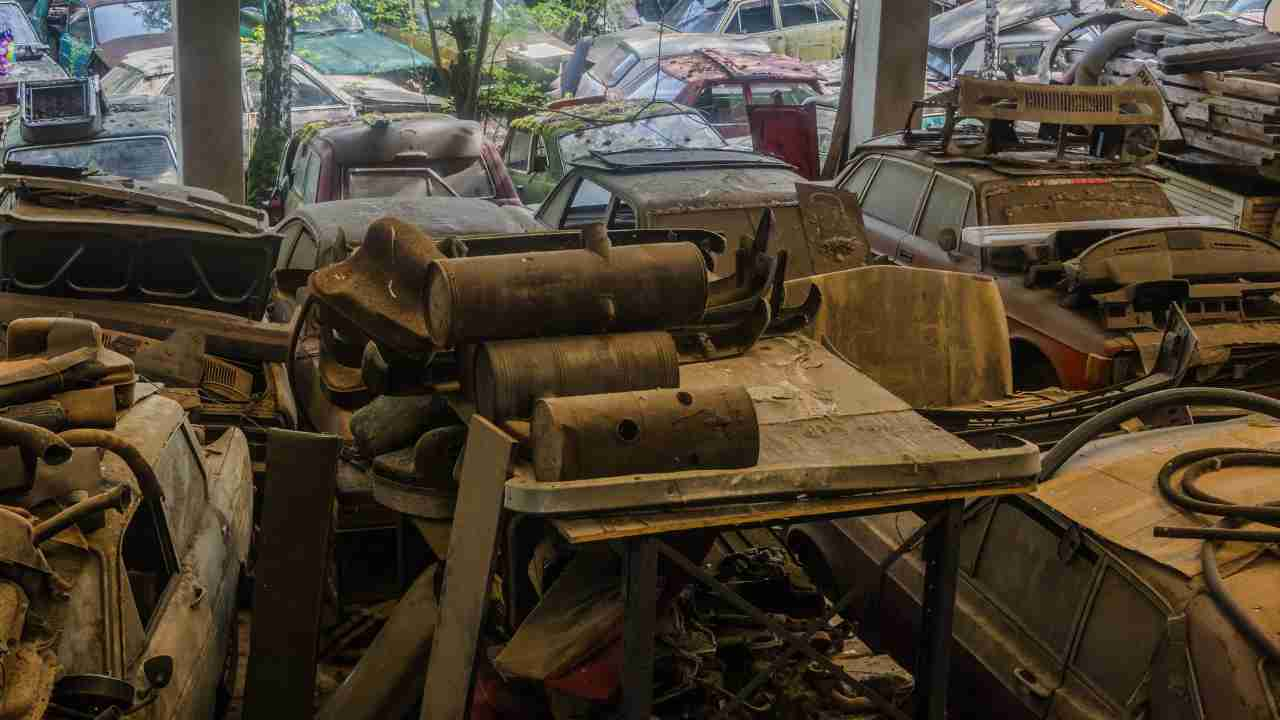Have you ever wondered where you can find cheap car parts or what happens to old vehicles after they are junked? Pick n pull junkyards are fascinating places that can help save you money on auto repairs. Let’s take a look at how pull a part yards work and what you can expect to find.
A Treasure Trove of Parts
Pull n pull junkyards, also called self-service yards, allow people to literally “pick n pull” parts they need from wrecked vehicles. When a car is totaled or deemed unusable, it gets sent to the junkyard where it can be scavenged for good parts. Over time, these yards accumulate huge inventories of doors, fenders, engines, transmissions and every other component under the sun.
For do-it-yourself mechanics or people fixing up older cars, search “sell my car” and do a junkyard visit, it can yield big savings versus new replacement parts. Things like body panels, interior trim or basic components may only cost a fraction of the new price. The yards make their money by selling reusable parts that would otherwise end up crushed.
How the Process Works
At most Pick n Pull yards, you simply pay an entrance fee around $5-10 to scour the massive lots for your vehicle. The staff works to keep things organized so you can find the make and model. Then it’s up to you to extract the part, usually with basic hand tools provided.
You’ll need to know how to remove parts properly to avoid damage. Staff may offer tips but won’t do extractions. Pay at the kiosk before leaving with your treasure! Many yards even let you return unsuitable parts for credit within a few days.
An Ever-Changing Inventory
Unlike a static junk pile, pick n pull yards constantly cycle inventory to maximize parts availability. As vehicles are stripped bare, they get crushed to make room for new donations. You’ll always find a wide range of vehicles from different eras on any given day.
The yards play an important role in recycling too. Most process scrap metal and even remanufacture core components like alternators to put them back in the parts stream. Very little actually ends up in landfills.
Tips for a Successful Salvage Mission
Doing your research ahead of time increases the chances of a successful scavenger hunt. Look up common problems for your vehicle make/model and note specific parts to watch for. Bring tools, gloves, a dolly and some muscle to remove heavy items.
Inspect parts closely for damage before removing. Ask staff for advice if something looks tricky. Consider grabbing extra clips, bolts or connectors attached to the part. Bring a cooler for hydration on what can be hot, dirty work. Above all, be safe navigating the uneven terrain and watch out for sharp edges.
Conclusion
With a bit of luck and mechanical know-how, a pick n pull junkyard visit can save you big bucks on repairs. Who knows, you may even stumble on a rare gem that helps restore an old classic to the road for less. Their treasure troves are well worth exploring for auto enthusiasts and bargain hunters alike.







